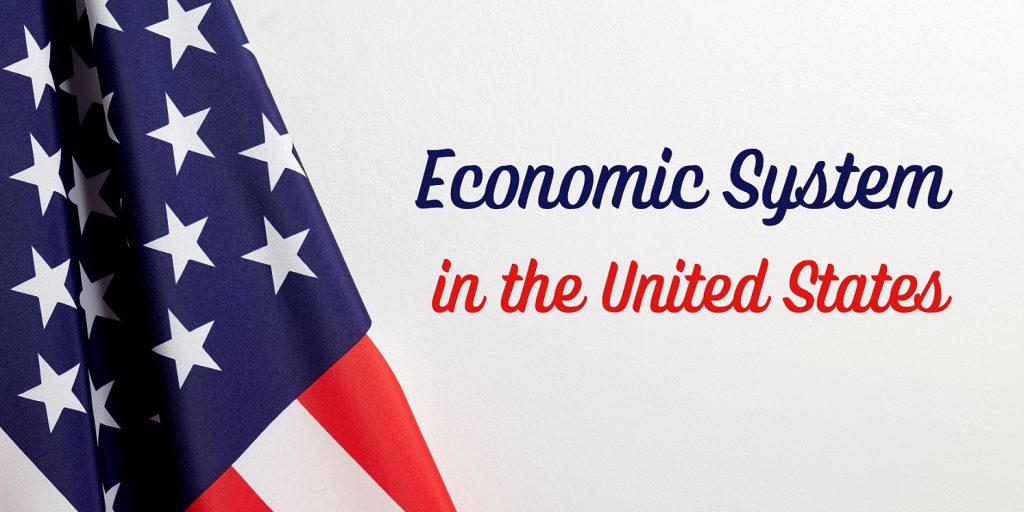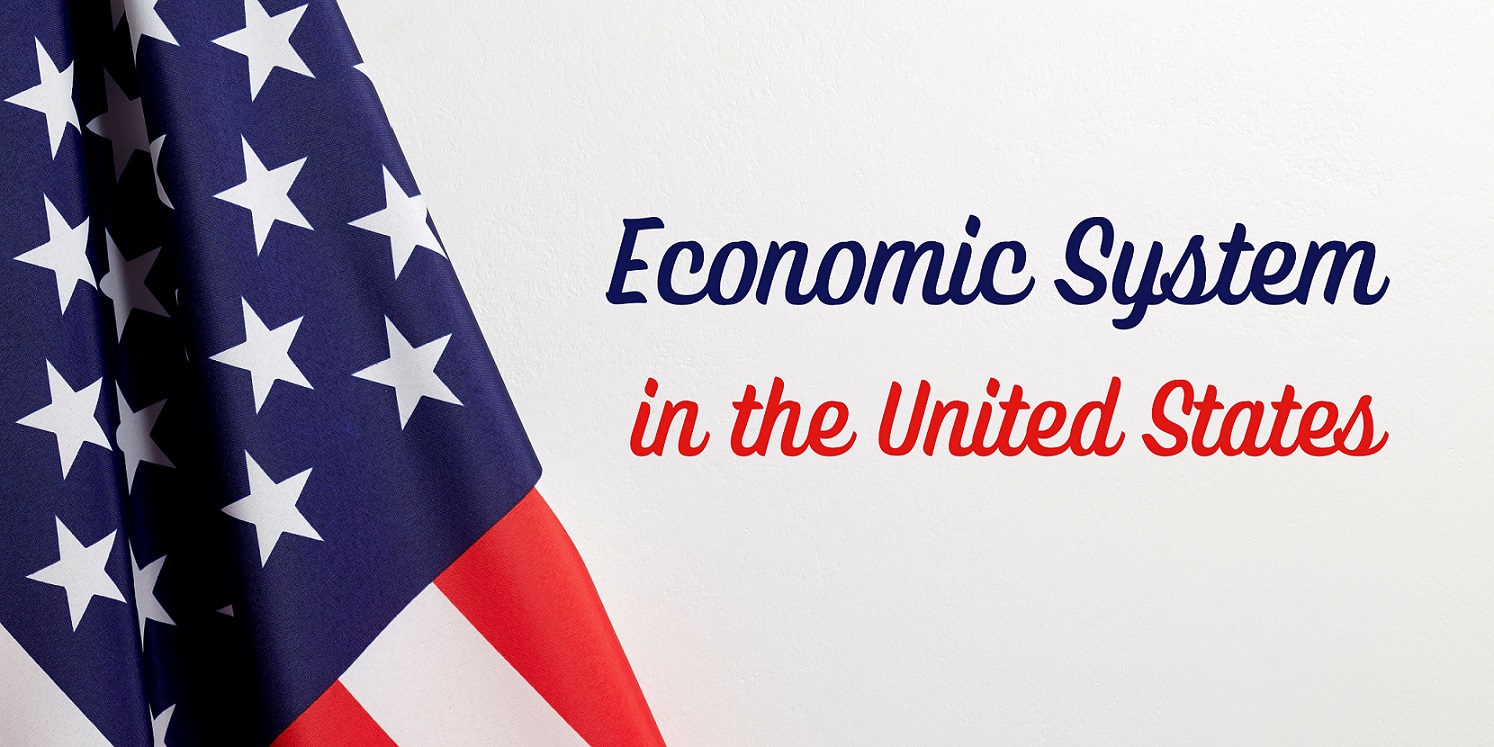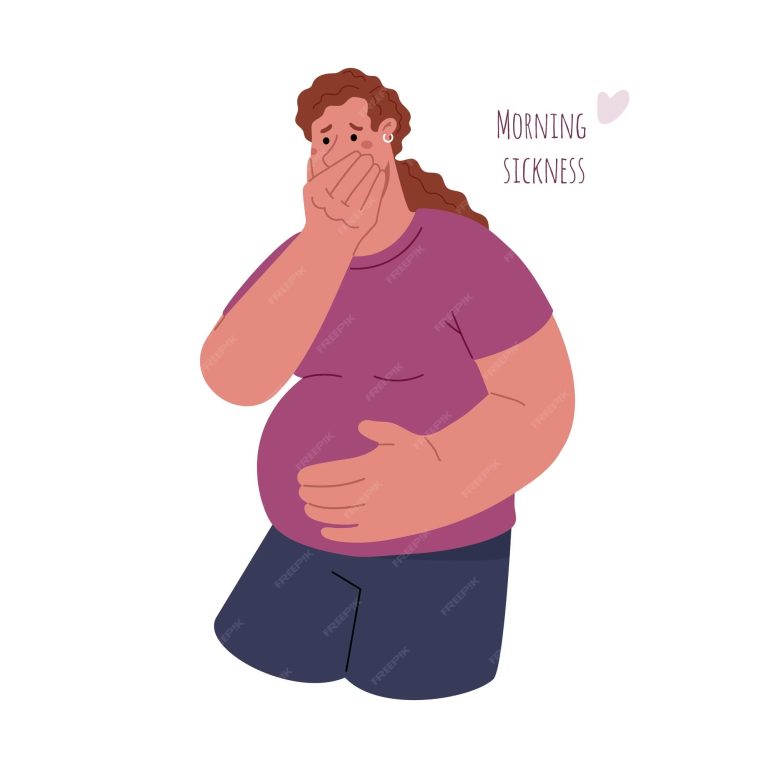What Is the Economic System in the United States?

The United States, often referred to as the land of opportunity, boasts a unique economic system that has played a pivotal role in shaping the nation’s identity and global influence. The U.S. economic system is a complex web of policies, principles, and institutions that define how goods and services are produced, distributed, and consumed. In this article, we will explore the economic system in the United States, shedding light on its key components, principles, and the role it plays in the lives of everyday Americans.
The Mixed Economy
The economic system in the United States is commonly described as a mixed economy. What does that mean? In essence, it combines elements of both a free-market economy and a regulated, or command, economy.
- Market Economy Elements:
- Private Ownership: One of the fundamental pillars of the U.S. economic system is private ownership. Individuals and businesses are allowed to own and control property, resources, and the means of production. This freedom to own private property is a cornerstone of the American dream.
- Competition: The U.S. economy thrives on competition. It is a driving force that encourages businesses to innovate, improve quality, and reduce prices. Competition ensures that consumers have choices and that products and services are continuously evolving to meet their needs.
- Supply and Demand: The price and quantity of goods and services are primarily determined by the law of supply and demand. When demand for a product is high and supply is limited, prices tend to rise, and vice versa. This principle guides production and consumption decisions.
- Command Economy Elements:
- Government Regulation: While the U.S. values a free-market system, it also recognizes the importance of government regulation. Regulations are in place to protect consumers, ensure fair competition, and address externalities, such as environmental concerns.
- Public Goods and Services: The government provides certain public goods and services that are not efficiently delivered by the private sector. Examples include defense, public education, and healthcare services for specific populations.
- Safety Nets: The U.S. government has established safety nets like Social Security, unemployment benefits, and food assistance programs to support those in need during economic challenges.
Key Principles of the U.S. Economic System
To better understand the economic system in the United States, let’s delve into some of the key principles that guide it:
- Profit Motive: The pursuit of profit is a central principle of the U.S. economy. Individuals and businesses aim to maximize their earnings and financial well-being. This drive for profit encourages innovation and efficiency.
- Property Rights: Protecting property rights is a fundamental aspect of the economic system. Individuals and businesses have the right to own, use, and sell their property, which includes tangible assets like real estate and intangible assets like intellectual property.
- Consumer Sovereignty: In a market-driven economy, consumers hold significant power. They make choices about what to buy, influencing the production of goods and services. Businesses strive to meet consumer demands to succeed.
- Limited Government Intervention: The U.S. economic system leans toward limited government intervention in markets. Government involvement is primarily aimed at ensuring fair competition, safeguarding public welfare, and addressing market failures.
- Entrepreneurship: The United States has a long history of entrepreneurship, with individuals taking risks to create new businesses and products. Entrepreneurship is a driving force behind economic growth and job creation.
The Role of Government in the U.S. Economy
While the U.S. economy is primarily market-driven, the government plays several crucial roles in its functioning:
- Regulation: Government agencies, such as the Federal Trade Commission (FTC) and the Environmental Protection Agency (EPA), enforce rules and regulations to maintain fair competition and protect consumers and the environment.
- Fiscal Policy: The government utilizes fiscal policy to manage the economy. This includes decisions regarding taxation, government spending, and borrowing. It can influence economic growth and stability through these policies.
- Monetary Policy: The Federal Reserve, often referred to as the Fed, is responsible for monetary policy. The Fed influences the money supply, interest rates, and inflation to control economic conditions.
- Public Goods and Services: The government provides various public goods and services, such as infrastructure, national defense, and public education, which contribute to the well-being of society as a whole.
- Social Safety Nets: The U.S. government administers social safety net programs like Social Security, Medicare, and Medicaid to provide financial support and healthcare services to eligible individuals.
- Stabilization: During times of economic recession or crisis, the government may take action to stabilize the economy. This can include stimulus packages, bailouts, and other measures.
Challenges and Criticisms
While the mixed economy in the United States has been successful in many aspects, it is not without its challenges and criticisms:
- Income Inequality: One of the major criticisms is the growing income inequality in the U.S. Despite its wealth, the country faces disparities in income and wealth distribution, leading to social and economic tensions.
- Regulatory Burden: Some argue that excessive regulations can stifle business growth and innovation. Striking the right balance between consumer protection and economic freedom is an ongoing challenge.
- Healthcare System: The U.S. healthcare system is a subject of debate, with criticisms about accessibility, cost, and quality of care. Reform efforts aim to address these issues.
- Environmental Concerns: The pursuit of profit has at times clashed with environmental conservation efforts. Balancing economic growth with sustainability is a complex challenge.
- Public Debt: The U.S. has a substantial national debt, raising concerns about its long-term fiscal sustainability.
The economic system in the United States is a mixed economy that blends market principles with government regulation and intervention. It’s characterized by private ownership, competition, and the pursuit of profit, while also encompassing public goods and services, safety nets, and regulations to protect consumers and ensure fair competition.
Understanding the U.S. economic system is essential for citizens, policymakers, and businesses alike. It influences everything from job opportunities and income levels to access to healthcare and education. As the economic landscape continues to evolve, it is imperative to strike a balance between free-market principles and responsible government regulation to address the challenges and criticisms that arise and ensure that the American dream remains within reach for all.








You must be logged in to post a comment.